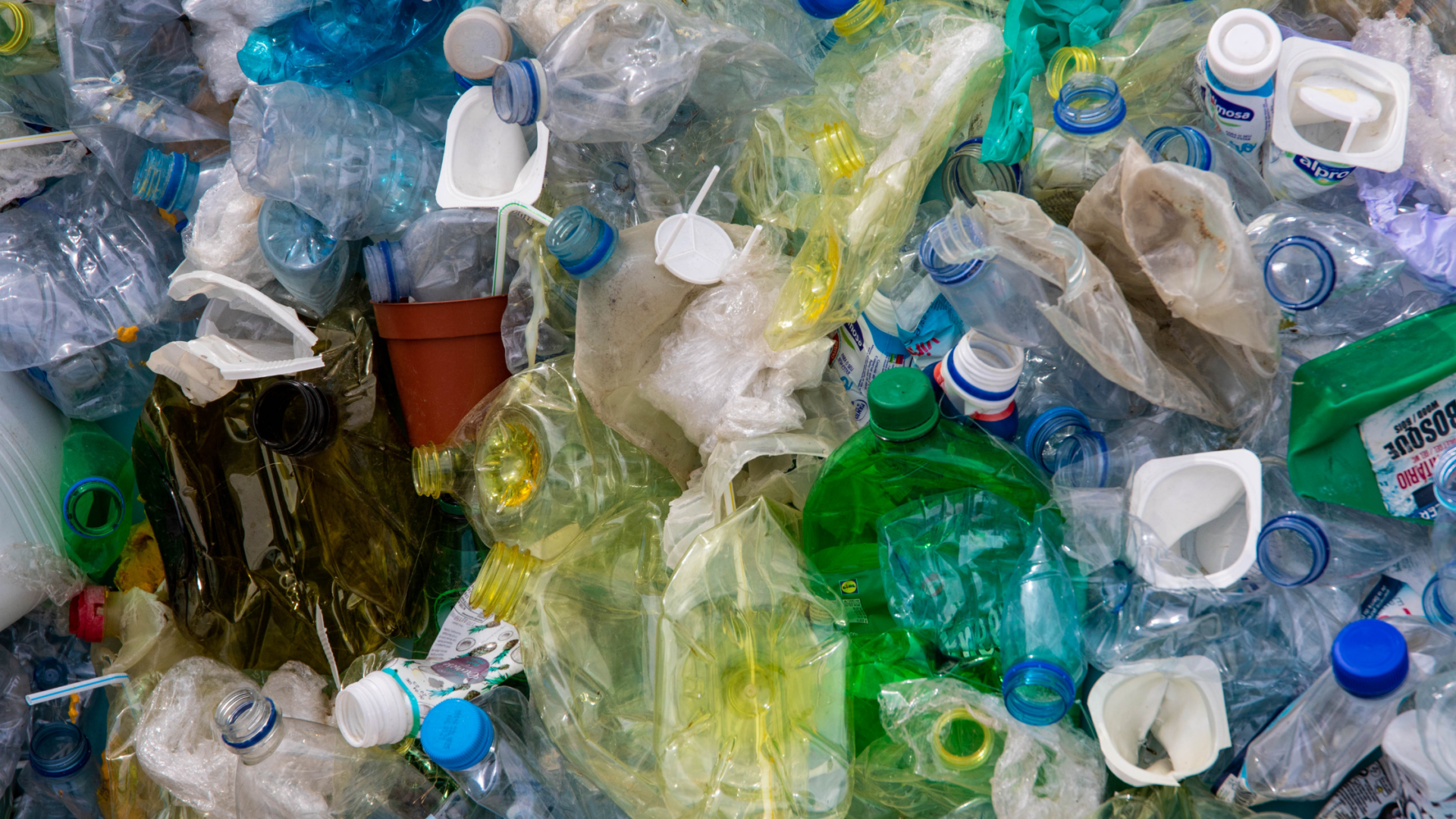Single-Use Plastic Threatens Global Climate Goals
Written by Sydnie Stocks, Development Assistant | Published: December 9, 2021
Recently, I was browsing through actor/activist Jane Fonda’s Instagram account and stumbled across a very interesting post. She was bringing awareness to an investigative report by Greenpeace that highlights how consumer brands are currently enabling the expansion of single-use plastic production, contributing to climate change.
According to the report, Coca-Cola, Nestlé, and PepsiCo—the top three fast-moving consumer goods (FMCG) companies—produced 6,805,421 metric tons of plastic, emitting a combined 34,027,105 metric tons of CO2 in 2019 alone.
We all know that plastic pollution is detrimental to the environment and to wildlife. Plastic is not biodegradable and tends to break down into smaller and smaller components, aka microplastics. Since it cannot decompose, plastic piles up in the environment, mainly in oceans and landfills. A small portion is incinerated, which releases toxic gases into the atmosphere. And despite the chasing arrows symbol often found on plastic packaging, most plastics cannot be effectively recycled. Americans discard more than 30 million tons of plastic annually, yet only 8 percent gets recycled.
Another crucial and significant element of the plastic crisis is its connection to the fossil fuel industry. Over 99% of plastic is made from chemicals sourced from fossil fuels. Of the nine major FMCG companies researched, all of them had at least one plastic supply chain connected to a major fossil fuel company. In recent years, the movement to phase out fossil fuels has grown. However, the billions of dollars invested in expanding plastic production by the fossil fuel industry might be a way for them to remain profitable. Greenpeace explains that the refusal of consumer brands to reduce single-use plastics and the fossil fuel industry’s expansion of plastic production is likely to create a boom that could triple plastic production by 2050.
According to the United Nations Environment Programme, we produce approximately 300 million tons of plastic waste per year, which is almost equivalent to the weight of the entire human population. As global population growth is projected to increase by nearly 2 billion people by mid-century and per capita plastic use is only increasing, plastic production poses a significant threat to our ability to keep global temperatures below 1.5ºC.
We simply must back away from our reliance on single-use plastics. As consumers, we can reduce demand by choosing not to spend money on items packaged in plastic. We can also advocate for an end to unsustainable population growth, which creates 80 million new consumers—of single-use plastics and myriad other products—each and every year. Protecting the planet for future generations depends on fewer people using fewer greenhouse-gas-emitting resources.

